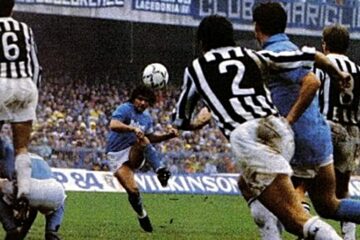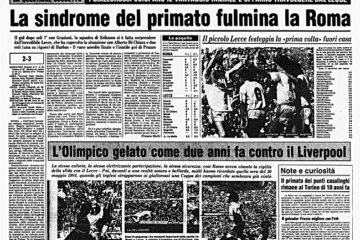1982 | The hidden tragedy of the “Lenin” stadium in Moscow!
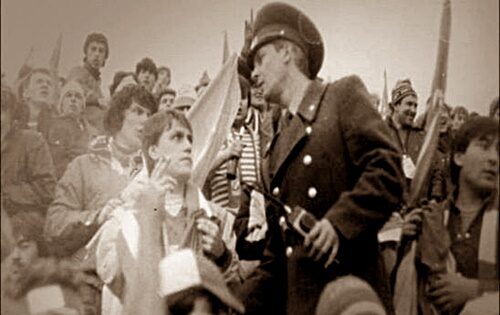
Stories and evidence of the football!
Events and champions without similarities between them.
An icy cold! Ice and snow! It’s 1982! The “Lenin” stadium in Moscow is almost hidden by the snow, but also a truth that happened in this stadium, which we will talk about below, will be hidden. This is the story of the victims in the “Lenin” stadium in Moscow, a serious event that was hidden, denied as such and never talked about again by the authorities of the time in the Soviet Union.
The 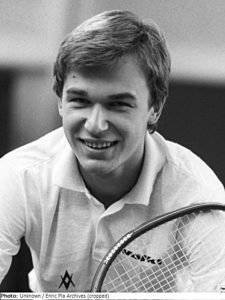
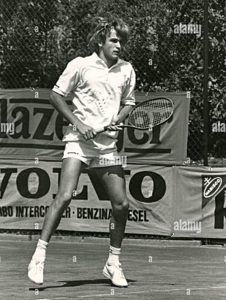 Tennis player Andrei Cesnokov can say that he had a very good career as a champion, although not at the height that could be carved in marble. He was able to reach the semifinals of “Roland Garros” in Paris in 1989 and in 1990 he won the Monte Carlo tournament. In the general classification of the best tennis players in the world for the time, he managed to position himself up to the 9th place. So events and evidence that he could proudly tell his grandchildren. The most memorable moment of his career would be the one he experienced when he was 29 years old. It was not about a “Grand Slam” tennis tournament, but something from the “Davis” Cup, one of the oldest trophies in the sport of tennis. It was the year 1995, and his Russia, which in the international arena did not have many that had taken the place of the breakup of the Soviet Union, was playing against Germany in the semi-final of that year. The match between them until that moment was 2-2. In the singles match, Andrei Cesnokov faced Mikael Shtih.
Tennis player Andrei Cesnokov can say that he had a very good career as a champion, although not at the height that could be carved in marble. He was able to reach the semifinals of “Roland Garros” in Paris in 1989 and in 1990 he won the Monte Carlo tournament. In the general classification of the best tennis players in the world for the time, he managed to position himself up to the 9th place. So events and evidence that he could proudly tell his grandchildren. The most memorable moment of his career would be the one he experienced when he was 29 years old. It was not about a “Grand Slam” tennis tournament, but something from the “Davis” Cup, one of the oldest trophies in the sport of tennis. It was the year 1995, and his Russia, which in the international arena did not have many that had taken the place of the breakup of the Soviet Union, was playing against Germany in the semi-final of that year. The match between them until that moment was 2-2. In the singles match, Andrei Cesnokov faced Mikael Shtih.
After four sets, the balance had not been broken. Here too the result was 2-2. However, Germany Shtih has 8 “match point” balls to win the match. Andrei Cesnokov manages to cancel the opponent’s 9th ball, which would have given the victory in this match to the German Shtih and the German representative. But the Russian Cesnokov knows how to resist attacks quite well even when everything seems to have been lost. History tells us how many times Russia had saved itself by resisting the attacks of the invading armies. How many times at the moment of the fatal blow, she had known how to turn it into victory, exactly when it was thought that defeat was inevitable. Who knows how in the mind of the Russian president of the time Boris Yeltsin, a great tennis fan, that memory was “turned on” at the moment when Andrei Cesnokov won the 5th set 14-12 and after canceling with an unmatched resistance 9 balls “match point” to the opponent Shtih and the German team! For this heroic resistance that characterized Cesnokov, Russian President Boris Yeltsin awarded him the medal of courage and bravery.
Well, anyone can ask what value courage and courage can have in a tennis match, a victory or a loss in sports? You can rejoice at the victory or be saddened by the loss right then and there, but then the routine of life continues.
II
In fact, Andrei Cesnokov was a man who in his life had also demonstrated courage in the face of dramatic events. We are talking about an event that happened 13 years before that semi-final tennis match for the Davis Cup. At that time, Cesnokov was a 16-year-old who was not on a tennis court, but in the biggest stadium of the Soviet Union. The “Lenin” stadium in Moscow, which in 1980, two years before that dramatic event, which we will show below, had hosted the Olympic Games in that part of the world where real socialism dominated. To tell the truth, the way that stadium was built showed little of that revolutionary spirit. Very close to the Moskva River, in the place where the stadium is located today, a nautical club was built among the most exclusive of the Russian capital, which even in name clashed with the Soviets and their power.
It was called: “British River Yacht Club”. We are talking about a not so big brick building, but of course very elegant. The revolution decided that a football field would become a reality here and that it would be called the “Red Stadium”. But if you want, you can call it: the revolution is more important than the revolutionaries, when later this structure was expanded to an area of 160 ha and the stadium was built with a capacity of 104,000 seats. The stadium was named after the founding father of BS – V. I Lenin.
“Big sports arena of the Central Stadium”. В. И. Lenin”.
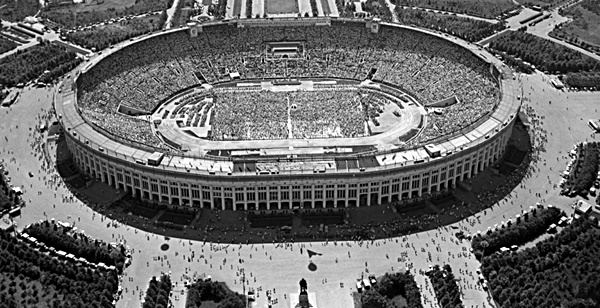
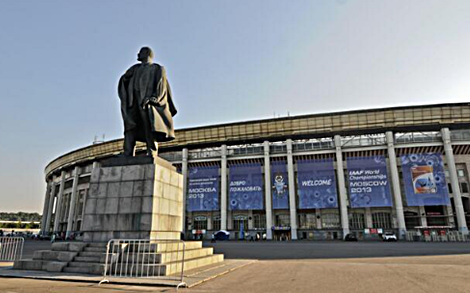
The monument to Lenin in front of the stadium that is now called “Luzniki” in Moscow!
Built in 1955-1956 as a result of the ambition of the Soviet leadership to improve the country’s sports facilities after the Soviet Union had enjoyed its first successes of post-war at the 1952 Olympic Games. Work on the Lenin Olympic Complex began in 1954 and construction of its central stadium, also called the Grand Sports Arena, in 1955. The stadium was completed in just 450 days and officially opened on July 31, 1956 .
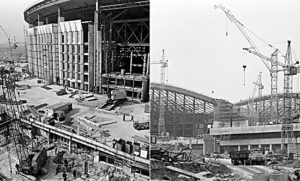
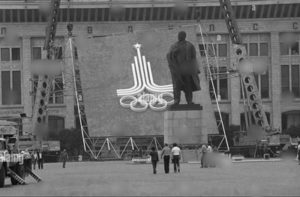
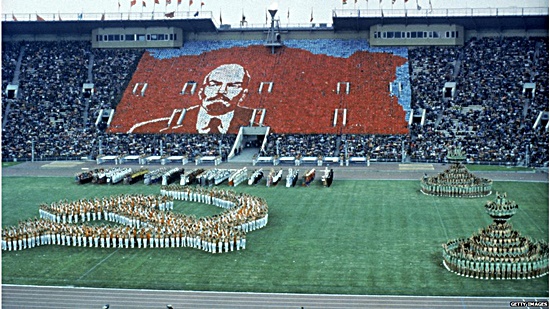
The opening of the Olympic Games in Moscow – 1980 “Lenin” Stadium
III
In Moscow, snow and ice have never scared the locals, but nevertheless Napoleon’s 700,000 soldiers in 1811, or Hitler’s Nazi troops in 1942 to subjugate Stalingrad , they are also defeated thanks to the great cold. Perhaps this gift of nature was also a kind of protection for the locals, but in the case of this event, the magnificent “Lenin” stadium did not even have a protective cover for its stairs. On the cold evening of October 20, 1982, Spartak of Moscow hosted the Dutch of Haarlem. While the autumn season continued in Europe, the Dutch realized that winter had just begun here and with a temperature below zero, (-10)!

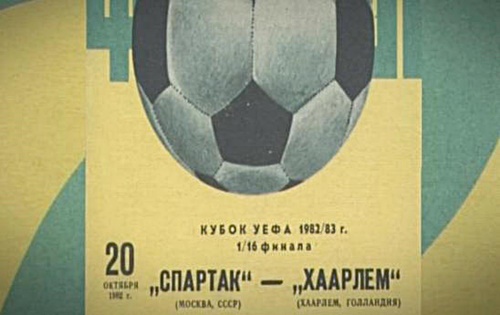
The match took place in the framework of the 16th round of the UEFA Cup. However, the stadium was almost half empty because the snow and ice had already invaded the steps and windows of the giant plant in Moscow. Only 15 thousand tickets were sold (see the picture below). About one hundred tickets were intended for the Dutch fans of the Haarlem club. In fact, all those present were allowed to enter there from the eastern stand. The other countries, (so 90,000 of them) whose stands were closed, leaving them covered with ice and snow.
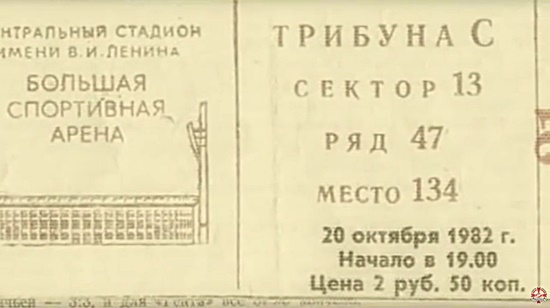
Ticket for the match at the “Lenin” stadium Tribune C / Sector 13 / Row 47 / Seat 134
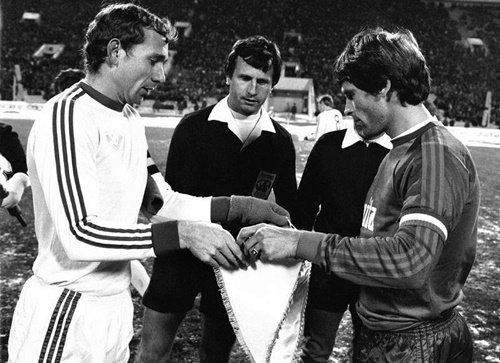
“At that time I was in Moscow to meet my students. I decided to go to the stadium to support the team where I had played two matches and which later became my favorite team. I sat in the press stand, exactly where I was standing during the Olympic Games in 1980, included in the exit of the British press staff.
The contrast between the humid heat of that August and the freezing cold of this October night, could not be other than a harsh climatic clash in that country. I only got a little angry when our player Edgar Gess scored the winning goal. Spartak Moscow 1 and Haarlem 0″ 
Jim Riordan learned to speak Russian during his National Service training in the British Royal Airforce from 1955 to 1957. In 1960, he graduated in Russian Studies from the University of Birmingham, before qualifying as a teacher at the Institute of Education in London. In 1963, Riordan studied at the Communist Party High School in Moscow; he was a communist and was one of the few English students at the school. Novelist, commentator, sports historian and Russian scholar. He was known for his work Sport in Soviet Society, the first academic look at sport in the Soviet Union, and for his children’s novels. Riordan claims to have been the first Briton to play football in BS, playing for FC Spartak Moscow in 1963. However, there are no documents, match reports or evidence to support his claim.
But one thing is now true that on that tragic night, Riordan was present at the “Lenin” stadium.
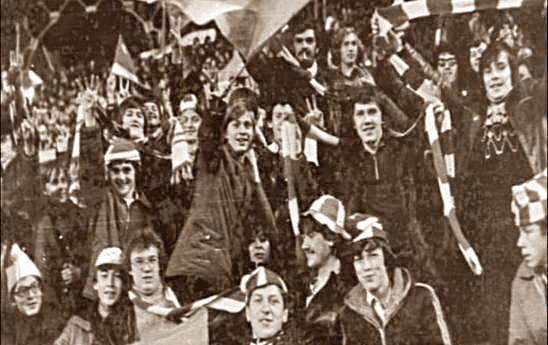
Here are the last 5 minutes of a match that had dragged on until then without much interest. Many of the 15,000 present began to move, passing to a ladder that leads down into the stadium tunnel and then the exit from it. And precisely at this moment, a cheer breaks out in the stands. Gool!
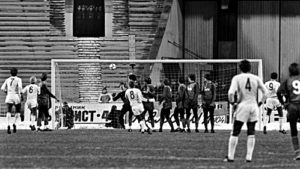
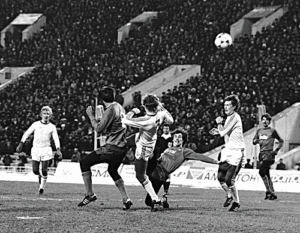
Defender Sergej Svetsov has just scored 2-0 for Spartak. In such moments, the instinct of the fan is the only one, even though it makes no sense to look back now to look at a moment that has gone without return, many spectators on the stairs change direction and right there inside the stadium tunnel and above in those degrees create chaos.
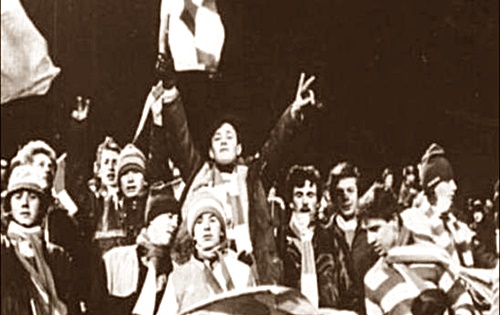
A group of people returning against the flow of another group going out. Right now, the police are also here blocking the stairs to prevent the public from returning to the stands. And so who will return and who will leave, come and crash into a strait, blocking everything without a way out, from the stairs to the inside of the tunnel under the stadium stands. The railings of the other stands around are closed due to the presence of snow and ice on their steps. Now imagine the panic created.
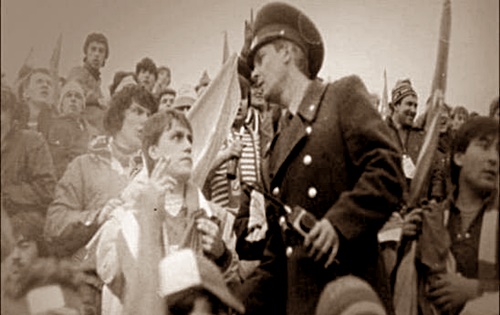
Calls and screams are heard. Someone falls and trying to keep himself pulled behind him in that fall and others on the stairs with the layer of ice. People down there, trampled by others… then a loud scream, then… a collapse! It is exactly the ladder that leads you out of the tunnel, which under all that concentrated weight gave way and collapsed. The first important thing that had to be done is to leave the foreign fans, the Dutch. Fortunately, none of them had been involved or assisted in this horror scene. Better that way, thought the Soviet authorities.

Because for the political climate and the West-East systems at that time, it was better for the Soviets to do something to divert, manipulate the serious event that had just happened to them at home, to the leaders of the Eastern bloc seeing that the Dutch were not involved in this tragedy and cannot tell anything about what happened. Surprisingly, some of the side exits from the stadium that were closed during the incident were suddenly opened. So immediately the supporters of the Haarlem team left without delay outside the giant plant. However, in the Brezhnev Mosque, the rumors did not take long to circulate and spread. It was not yet the years of “Glasnost” of Mikail Gorbachev, that transparency of power which in the end was not always so transparent anyway. They were the years in which the leaders of the Eastern Bloc, the Soviet government, never accepted mistakes, shortcomings, incompetence and anything else negative that happened in that government system, because real socialism was impregnated with that mentality for which the greatest weakness is to admit your mistakes.

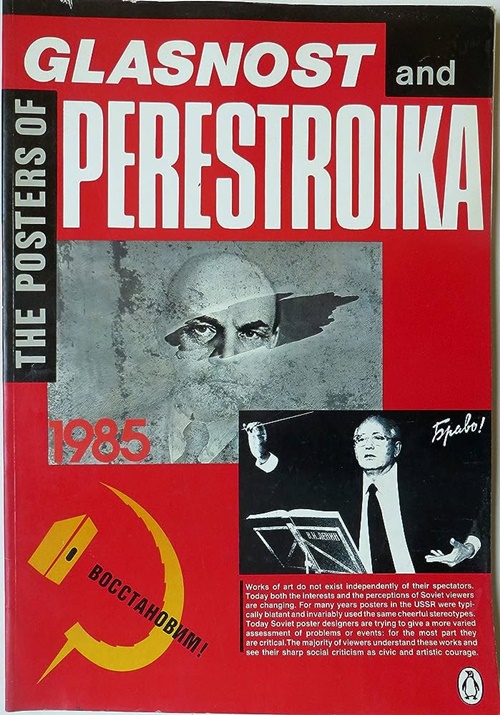
Jim Riorson, the Russian professor from Britain, the one who said that he had played two matches with Spartak, years later he would write: “I heard screams in panic and then I saw the Spartak fans slipping and falling on the stairs they were passing. Then I heard the sirens of some ambulances that were coming to help, but without realizing how serious the situation was”.
Distorted and slightly manipulated, the news of this very serious incident will appear a day later in the local newspaper of Moscow, organ of the Communist Party of the capital. In those few lines, not even the name “Lenin”, the father and founder of BS, was mentioned anywhere, perhaps for the reason that no such incident could be attached to his great name, not even the stadium was mentioned at all. Something was written about an event in the sports field of Luznik, the name of which after the defeat of BS would be given to the current stadium. The evening newspaper quoted: “On October 20, 1982, after a match played in the Gran Sport Arena, while the spectators were leaving, due to a concentration of the crowd in an area and its movements, an incident occurred where there were several injuries such as consequence of the staircase collapse. The circumstances of this event are under investigation.”
The third incident, which would later turn out to be fatal, was summarized in those few lines as if nothing unusual had happened. Just like the stadium that was covered and hidden under the thickness of the snow, the same was done with the serious event and the victims in the Moscow plant. To avoid placing flowers at the scene in memory of a tragedy that did not exist for the authorities, the Spartak team was banned from playing in its field for several weeks. Four months later, the process about the event is opened because a trial should be held and justice should be given to those spectators who, according to the local newspaper mentioned above, were only injured, in the sports field of Luzhniki (without ever citing the “Lenin” stadium “). Poor Juri Pancinkin, the director of the staff responsible for the plant, who had just started working there, a few months before the incident, was put behind bars.
The jury is sentenced to 1 year and a half with hard physical labor, such punishments that the justice of BS judged as corrective. This is how “justice was established” for a tragedy by minimizing it almost to the point of non-existence by the Soviet government of the time. According to the authorities, only Juri Pancinkin was guilty. Meanwhile, among the many survivors there was also a 16-year-old who had come to watch the match even though he was playing a different sport. In the Soviet Union, even the tennis courts were completely uncovered like the stadium in question, and the snow in the winter period covered them. This guy was the Russian tennis champion, Andrei Cesnokov. Specifically, he would rebel against the Soviet government, which had provided him with a passport to travel to play anywhere in the world, but which claimed 100% of every prize he earned in exchange for a daily payment of $25.
With these 25 dollars a day, he would have to provide food at most “fast food” and nothing else. And Cesnokov had been able to withstand the difficulties, just as he bravely faced the incident in the “Lenin” stadium on that cold night of October 1982, just as he was able to withstand those 9 “match point” balls in the Davis Cup against the German Shtih . This is why the president of Russia, Boris Yeltsin, will decorate him with the medal of courage and bravery.
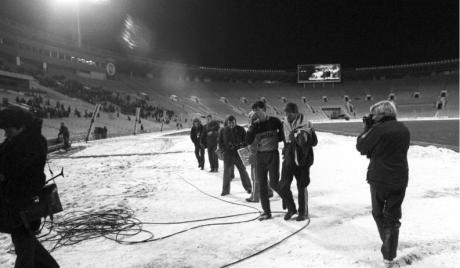
“On those slippery ice stairs, people were jumping and taking others after them, making the scene similar to the jumping of bowls. In order to escape, he had to overcome and pass rows and rows of bodies lying like barricades. While I was going out, behind me I heard voices calling: “help, help, help me”, “let’s get out”; It was impossible to help everyone in that situation because the voices, male and female, came from all sides covered by the bodies of the victims. However, I managed to get one person out. It was about a boy. I picked him up and he sent him to one of the doctors who had come with the ambulances. But….ah! I hadn’t noticed, because I was holding a person who was already dead. They laid it on the athletics track. At this moment, I believe that the bodies of the victims would have covered several tennis courts”.
The official balance sheet of this market today records 66 dead, but how many others could have had the same misfortune will never be known. Family members were given no more than half an hour to greet those lifeless bodies. In those few moments you can imagine the pain, as well as the horror! The police immediately threatened: “It is forbidden to witness and talk to relatives, neighbors, friends and anyone else around this event, otherwise you will see what awaits you.”

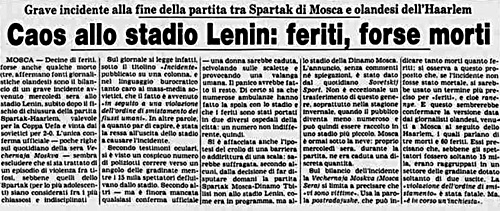
Immediately after, the collective ceremony started in the cemetery, which was not even a ceremony. Chapter closed! Returned sheet! Story over! Just like the stadium hidden in layers of snow and ice, just like the truth hidden in the press pages of newspapers, the victims and their true number were also hidden. The veil that had covered everything, at least a good part of it, was torn a few years later.
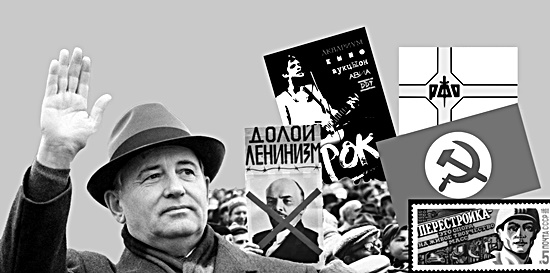
Glasnost! Transparency! Perestroika! These were the next words of Mihail Gorbachev, who will be known in history as the last leader of the Soviet Union. His system of governance is not that it was really all transparency and innovation, but certainly those three magic words that he often repeated had left spaces of a freedom that could not even be thought of before.

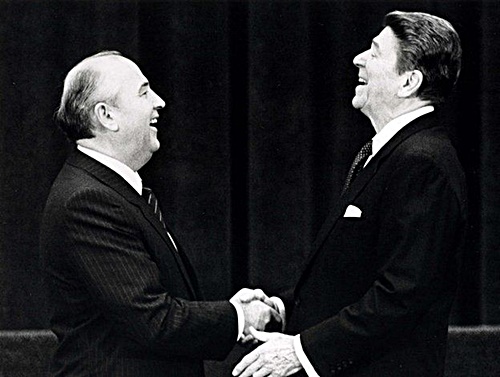
And so in 1989 an independent commission not recognized by the government came to the conclusion that on that night the number of dead reached 340!!!
Three years later, with the arrival of the 10th anniversary of the tragic event (1992), when the BS was already broken, no one stopped now, so that the memory had a space not only in the hearts and minds of the relatives but also in front of eyes. Clearly, outside the stadium that was now named “Luzniki”, a monument was built to commemorate the people who lost their lives, without knowing their exact numbers and names.
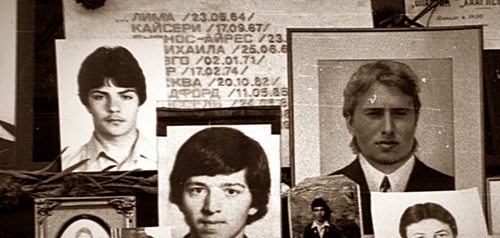
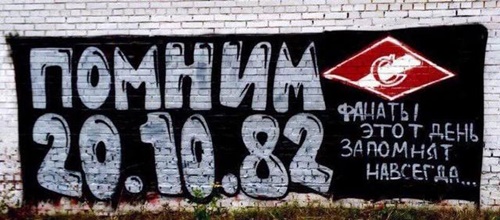
The white “veil” of snow that had covered the truth was finally melted!
By Pjerin Bj © Reserved material The exclusivity on this page is dated July 24, 2023
___________________
Sports Vision + / The Hour of The Champions in activity since 2013.
Information used and selected in the creation of this article: RadioRaiUno show “I numerio primi” ” by Francesco Graciani. Personal collection of the magazine “Calcio 2000” – La strage allo stadio “Lenin” /
Various online portals. Photos are “courtesy of Google”
Discover more from Sports Vision +
Subscribe to get the latest posts sent to your email.


